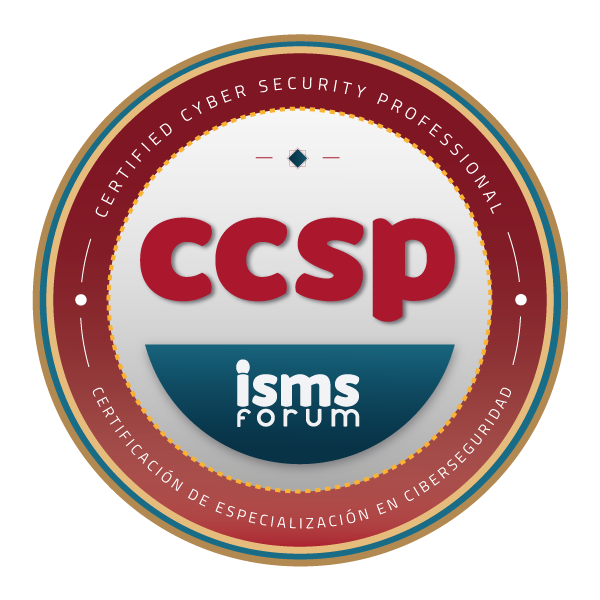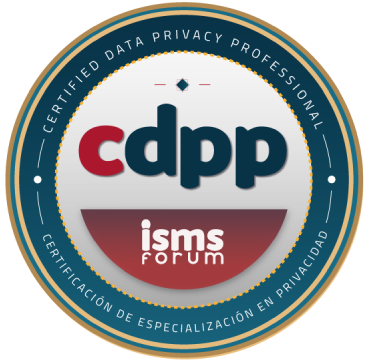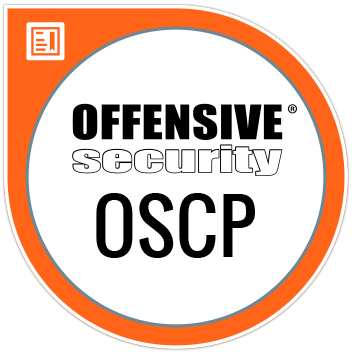Data migration in SAP
One of the biggest headaches that a company usually has is how to migrate all the data into a system that I have custom-made, through SAP.
How can I make sure that I don't lose anything I have on my current system?

At SAP they have thought of this solution through the tool Migration Cockpit.
We have the LTMC* tool enabled (currently deprecated) or in FIORI we can use the data migration APP.
*The LTMC transaction in SAP is only enabled in S/4 HANA to view projects created in previous versions. Currently, new projects cannot be created in this version.
1. When should I use it? In what cases will I use the Migration Cockpit?
We'll use this tool when we need to enter a significant amount of data into SAP. This is what SAP recommends in these cases.
If we have an agreement with the client on what data will be entered using this tool, it will be uploaded to the system using this procedure.
Finally, as SAP Best Process, the Migration Cockpit will be used.
2. Important aspects. What should I keep in mind?
a) The data to be migrated comes from another system.
b) Quality of the data to be migrated.
c) Data analysis (Client must provide us with the highest quality data possible)
d) Cut Over of the system.
e) The data is transactional or master.
3. When is a migration project considered successful?
a) Document the Migration process
b) If standard migration objects exist, use them (Important to avoid touching SAP)
c) Manage a transition of new data. (Cut Over)
d) Validation of data by the client.
4. What's new in S/4 Hana
a) Merger in the data tracking approach that was previously separate for Excel files.
b) LTMC transaction deprecated (projects are still available in display mode, with no possibility of creating new projects).
c) Migration through FIORI.
d) Bulk upload of assignment tasks using XML file.
e) Migration Results View.
Process flow:

Example migration from SAP:
In order to perform a migration from the SAP system to FIORI, it is necessary to have access to the source system through a connection RFC. Data can be transferred from the source SAP ERP system to the system SAP S/4HANA of destination or SAP S/4HANA Cloud private edition. Supports data migration scenarios from other applications.
This type of migration cannot be used for direct data transfer to the public cloud.

We'll access the app and create a project, choosing the migration objects. Remember that the tables staging They are automatically created for each migration object. These tables are database tables populated with data from the source system. They are XML files with a 100 MB limit.


The objects to be migrated are chosen:

The status of the process we are in is being reviewed at all times:

Once all the objects have been loaded, they are checked to ensure they are correct, and a simulation is performed:

Once all the steps have been successfully completed, we proceed to migrate the data we have in the template:

Once the process is complete, the migrated data is stored in the system. You can review the project that was executed and how each step was performed:

Discover our SAP training
We have our Master in Financial Management and Functional Consulting SAP S/4HANA Finance, Official Sap S/4Hana Sourcing And Procurement Certificate and Sap S/4Hana Finance Official Certificate.














